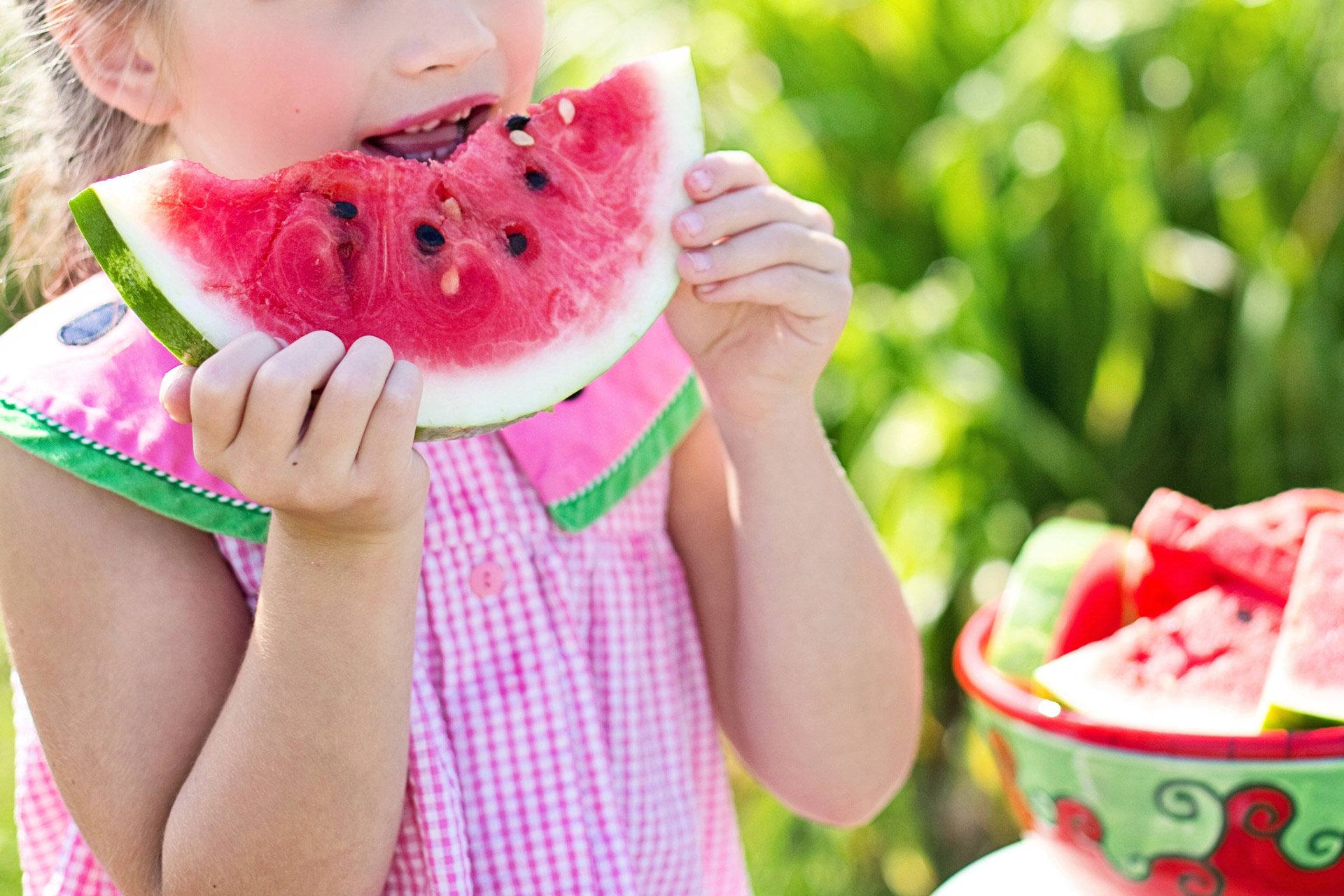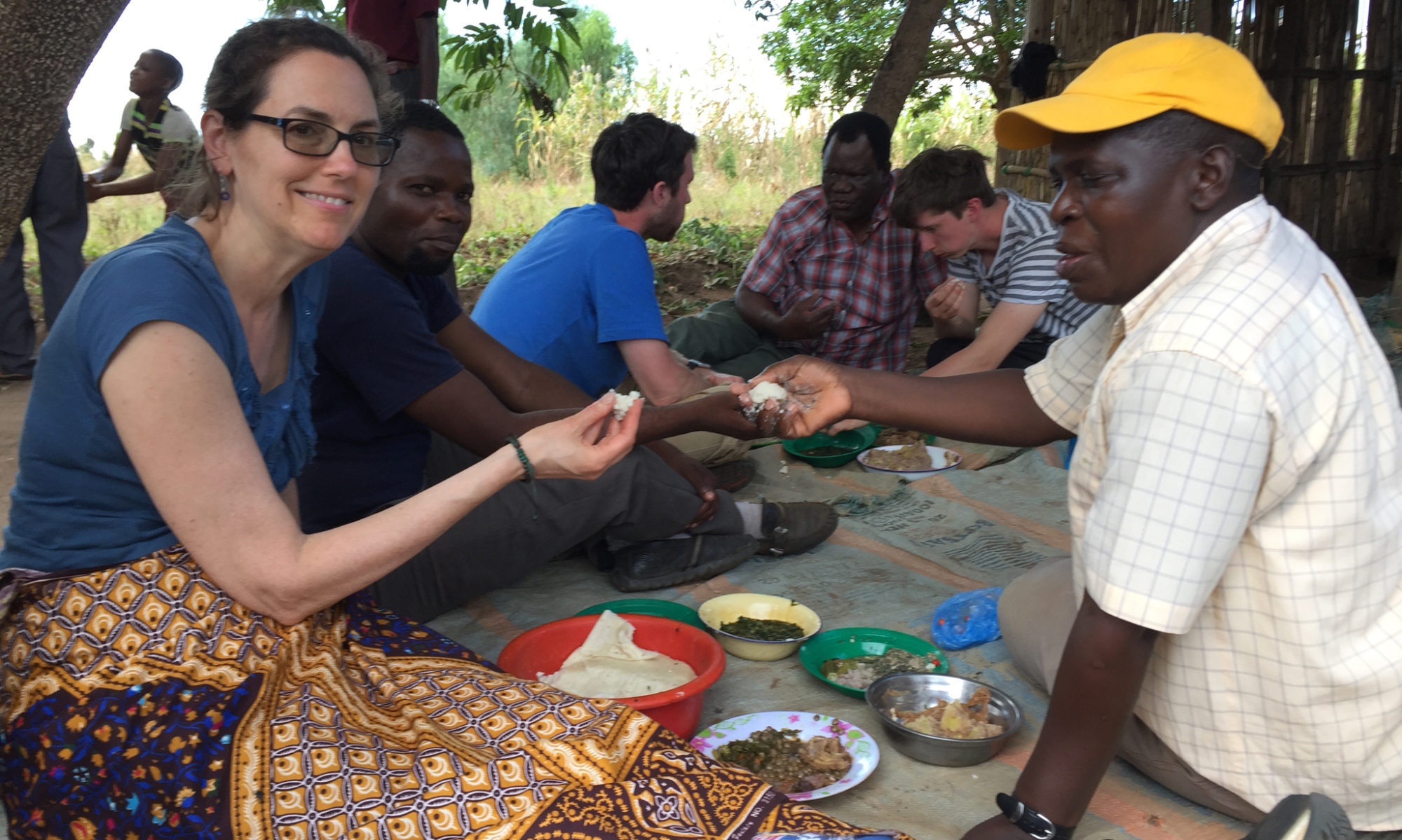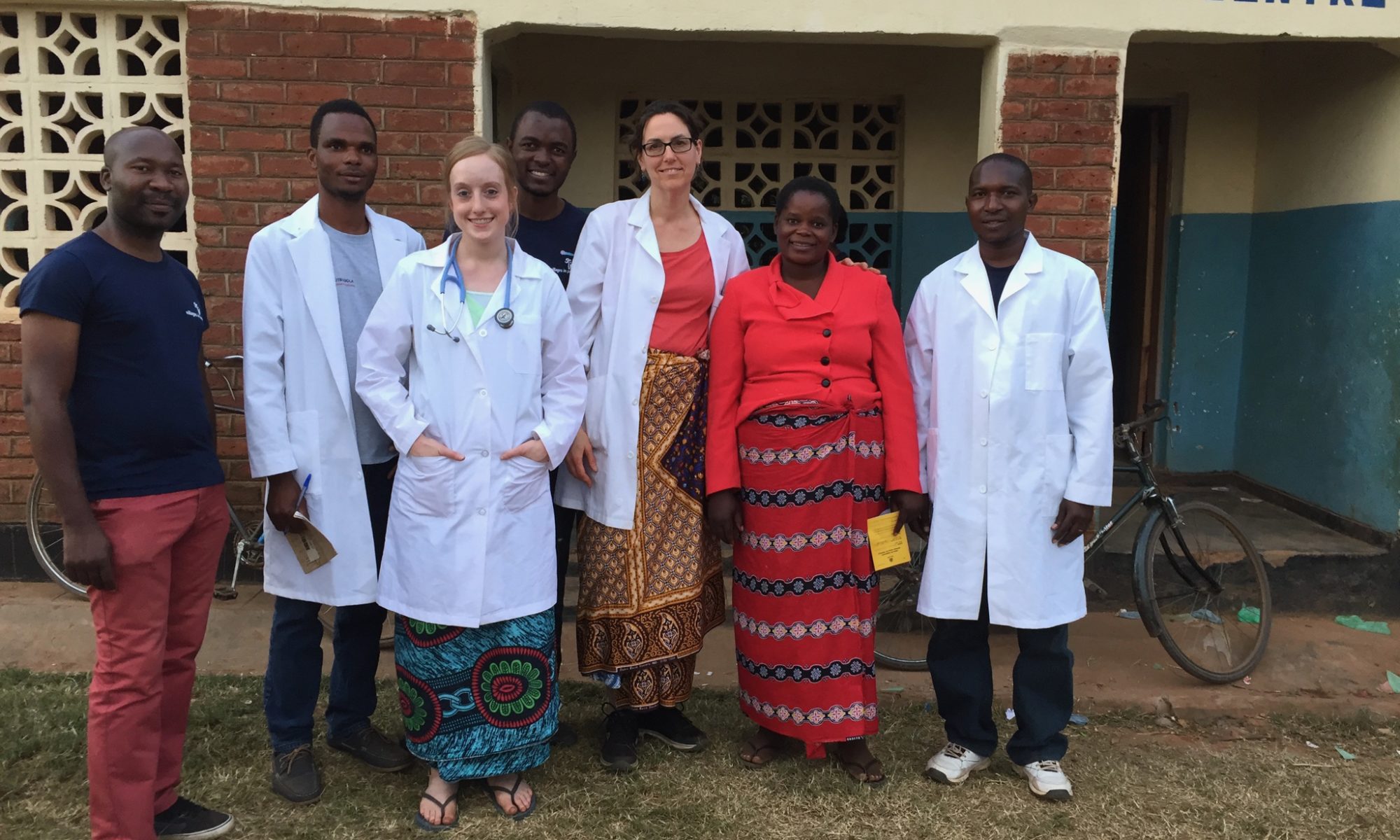
Eating healthy and keeping up with an active lifestyle can become difficult as summer approaches. During the summer, we tend to let loose which means we eat more than usual and relax more than we normally would. Below are 5 tips for the whole family on how to stay healthy this summer.
1. Stay Hydrated
Keeping your body hydrated is one of the most important things to stay on top of as summer approaches and the temperature is heating up. An effortless way to make sure you are staying hydrated is by always keeping a reusable water bottle on hand when leaving the house. Consider infusing your water with fruits like lemons, berries and oranges for a little burst of flavor without the artificial sugar additive.
2. Workout Routines
Changing up your daily workout routine may be a good idea during the summer. Try to exercise either in the morning before the sun is really beating down or at night after the sun sets. This can make your workout more enjoyable and lower your risk of a heat related injury. Try changing your routine up—get in the water for a full body workout that gets your heart pumping. Swimming is a fun and easy way to exercise and cool off at the same time.
3. New Recipes
Testing out fresh summer recipes is one of the easiest ways to stay healthy during this season. Stocking your kitchen with fresh fruits and vegetables will help encourage healthier eating and snacking for everyone in the house. Take a break from roasting your veggies in the oven and fire up the BBQ to really embrace summer.
4. Family Time
Summer memories are made with the family has time to spend together. Set aside an hour or two every day and get everyone outside. Having fun and exercising is a fantastic way to stay healthy this summer. Play a friendly game of kickball or take a nice walk around the neighborhood to enjoy each other’s company while also getting some fresh air.
Dr. Edwards, Princeton internist practices at Penn Medicine Princeton Health in the Penn Medicine Princeton Medical Center.





